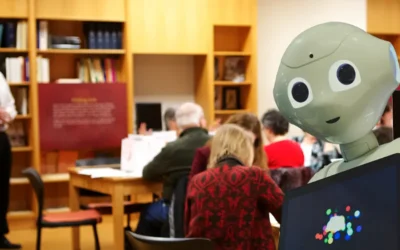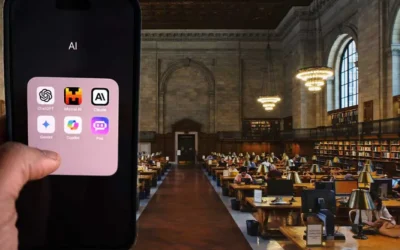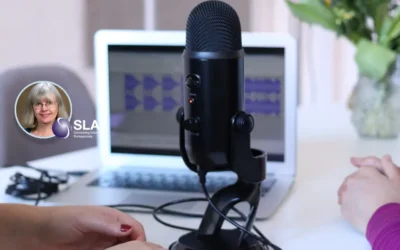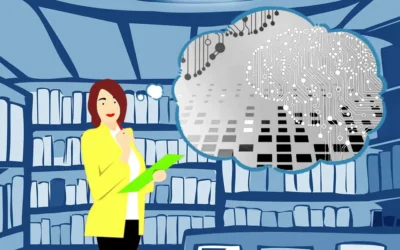Special Librarians and Recognition Networks: The “What” of Learning
Lauren Hays
This post continues the series on Universal Design for Learning (UDL). As a reminder, UDL is “a framework to improve and optimize teaching and learning for all people based on scientific insights into how humans learn”. This post looks at the second neural network, the recognition network.
When we encounter new information, our brains collect and categorize it. Without a clear understanding of the information, though, our brains do not know what to do with the content and it is not retained. Therefore, the goal of the recognition network is to develop learners who are “resourceful and knowledgeable” (CAST, 2019b) so that new knowledge can be acquired and recalled. To achieve this goal, educators should provide multiple ways of representing information.
Because everyone perceives content differently, it is important to provide more than one way for learners to consume information. This is not implying that some learners are visual and others are auditory–which is a theory that has been debunked. Instead, the recognition network highlights that some individuals may have disabilities that make some forms of content easier to consume. Additionally, the recognition network recognizes that some people will have preferences in how they view content. Finally, creating content so that others can consume it in various ways may make it easier for them to grasp because they are presented with the information in multiple forms. Therefore, providing multiple ways of representing content will meet the needs of some and the preferences of others.
As we think about the recognition network, it is worth noting that it benefits us when our stakeholders are knowledgeable about the library and when they are resourceful enough to figure things out on their own. This saves us time and allows us to focus on bigger projects. Additionally, stakeholders who are knowledgeable about the library will hopefully be frequent users.
Of course, though, it is also beneficial for the users themselves when they can learn and apply new knowledge without a lot of guidance. This can save them time and it can help them obtain information during off hours.
Skills for special librarians include learning how to build training using UDL that develops learners who are “resourceful and knowledgeable” (CAST, 2019b). How do we do so?
- First, we can help our stakeholders learn content by creating multiple formats for information. One way I do this is to provide a transcript of a video presentation. Then, individuals can read and listen.
- Second, we can clarify our vocabulary. There are many acronyms and words that are unique to special libraries and helping our users understand these terms can make them more comfortable engaging with us.
- Third, we can make information available in multiple languages. This is especially important if your organization has offices in locations where English is not the native language.
- Fourth, emphasize similarities between database interfaces and use multiple examples when demonstrating search functions.
For a full list of all the checkpoints associated with the recognition network visit this page. I encourage you to review each UDL checkpoint and consider how you can incorporate it into your special library training.
In my next post, I will cover the third neural network–the strategic network.
References
CAST. (2019a). About Universal Design for Learning. Retrieved from http://www.cast.org/our-work/about-udl.html#.XfLQdmRKhPY
CAST. (2019b). The UDL guidelines. Retrieved from http://udlguidelines.cast.org/?utm_medium=web&utm_campaign=none&utm_source=cast-about-udl
Lauren Hays
Lauren Hays, PhD, is an Assistant Professor of Instructional Technology at the University of Central Missouri. Please learn more about Lauren and read her other posts about skills for special librarians; then take a look at Lucidea’s powerful ILS, SydneyEnterprise, used daily by special librarians to empower their users.
Similar Posts
Teaching about AI in the Workplace
Suggestions for special librarians from Claude on how to foster cross-generational AI learning communities in the workplace.
Keeping up with AI…
Resources for staying current on the quickly changing AI landscape from a library expert.
Interview with Lesley Farmer about SLA’s Information Outlook
Interview about the rebirth of SLA’s Information Outlook as a quarterly online publication with interview with Professor Lesley Farmer
Ways I Have Been Using Generative AI
Generative AI can be used in many ways as part of a typical workflow; examples and thoughts about what the future holds




Leave a Comment
Comments are reviewed and must adhere to our comments policy.
0 Comments